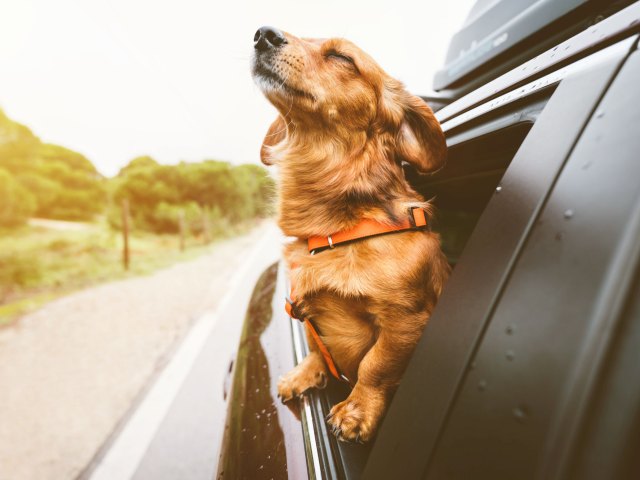What Did Cars Do Before Windshield Wipers?
The earliest cars were a far cry from the high-tech machines we drive today. Even outside of modern amenities such as backup cameras and Bluetooth connectivity, very basic features that we now take for granted didn’t exist — including a way to clear water off the windshield. In rain or snow, early drivers had to get hands-on just to see the road ahead.

In fact, the earliest cars didn’t even have windshields, let alone wipers, and people parked their cars in carriage houses or barns when not in use. German engineer Carl Benz patented the first gas-powered vehicle in 1886, generally thought of as the world’s first automobile, and as the motor vehicle evolved, so did the need for better design and functionality. In 1908, Henry Ford’s introduction of the Model T marked a major shift, making cars more affordable and accessible for everyday use. Yet even the Tin Lizzie, as it was nicknamed, was not a fully enclosed vehicle.
The Model T was easy to operate and built to handle rough roads, and with a top speed of 40 miles per hour, it made travel far more efficient. But it still had its share of problems. In the winter, radiators, which were filled with water, could easily freeze and crack. In the spring, muddy roads in unpaved regions meant cars could easily get stuck. And no matter the season, there was nothing to shield drivers from wind, rain, dust, or debris. Before windshields were the norm, they were an optional add-on for the Model T and other cars, meaning many early motorists often faced the open road — quite literally — without protection.
Windshields didn’t become standard on most vehicles until around 1915, and while they handily did their job shielding drivers from hazards, they became somewhat of a hazard themselves. Visibility through the simple, straight pane of glass was limited in inclement weather. When rain, snow, or mud obscured a driver’s view, there was no built-in solution to clear it away. The only option? Pull over, get out, and manually wipe the glass. It wasn’t exactly convenient, but there weren’t a lot of options; one other trick drivers used was to rub a carrot, sliced onion, or even a pinch of tobacco across the glass to create a thin film believed to help repel water. Ultimately, though, stopping the car and getting out to wipe the windshield was the most reliable, if cumbersome, way to see.
You may also like
Recommendations For You
-
01.
 Science & Industry
Science & IndustryWhy Did Doctors Wear Beak Masks During the Bubonic Plague?
-
02.
 Science & Industry
Science & Industry5 Inventions That Came Out of the Great Depression
-
03.
 Science & Industry
Science & Industry6 Amazing Breakthroughs Made by the Ancient Greeks
-
04.
 Science & Industry
Science & Industry6 Shocking “Scientific” Beliefs From Victorian England

















